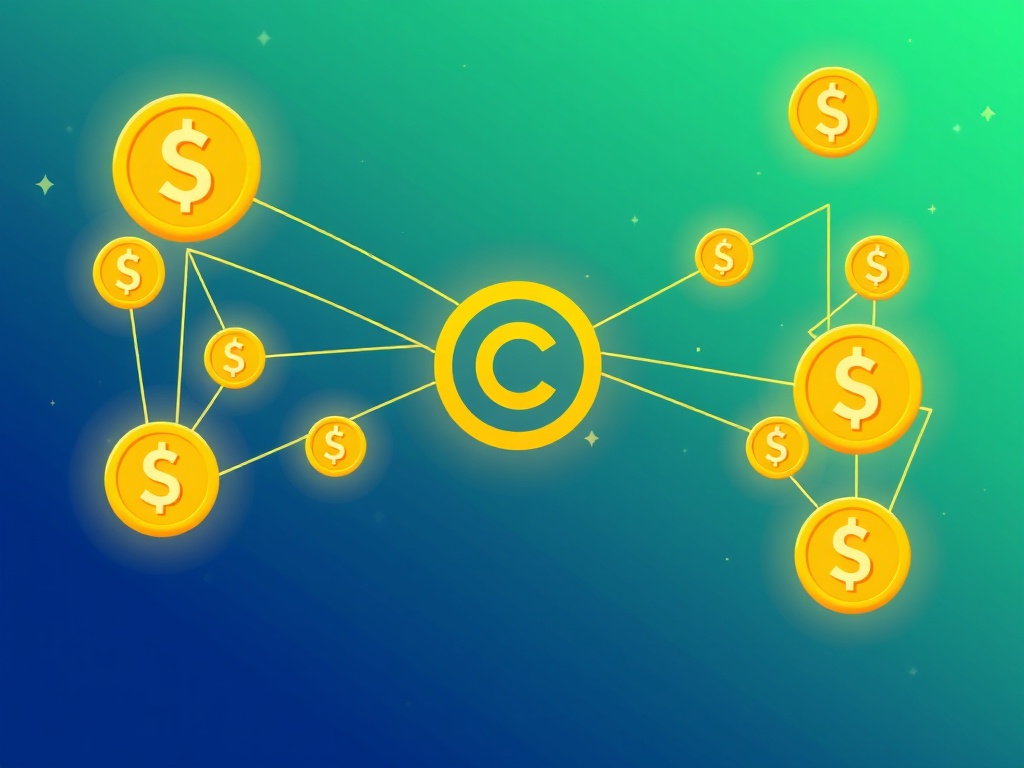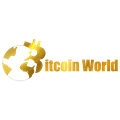Circle ARC Blockchain: A Revolutionary New Layer-1 for Stablecoins
0
0

BitcoinWorld

Circle ARC Blockchain: A Revolutionary New Layer-1 for Stablecoins
Exciting news is emerging from the world of digital finance! Global payments firm Circle, widely known for its USDC stablecoin, is reportedly developing a brand-new blockchain. This ambitious project, dubbed ARC, is set to be a layer-1 blockchain specifically engineered for stablecoins. This move signifies a major step towards enhancing the infrastructure for digital currency transactions, with the Circle ARC blockchain poised to become a game-changer for how value moves across the internet.
What is the Circle ARC Blockchain and Why Does it Matter?
The Circle ARC blockchain is designed from the ground up to serve the unique needs of stablecoins. Unlike general-purpose blockchains that handle a wide array of decentralized applications, ARC focuses solely on providing a robust and efficient environment for value transfer using stable digital assets. This specialization aims to address many limitations faced by stablecoins operating on existing networks like Ethereum or Solana.
As a layer-1 blockchain, ARC operates as its own independent network. This means it will have its own consensus mechanism and potentially its own fee structure. Circle can tailor every aspect of the network to optimize for stablecoin transactions. This bespoke design could lead to significantly faster settlement times, lower transaction costs, and greater predictability for businesses and individuals moving large volumes of USDC stablecoin and other stable assets.
The Imperative for a Dedicated Stablecoin Blockchain
The decision to build a dedicated stablecoin blockchain stems from the inherent challenges stablecoins encounter on general-purpose networks. These challenges often include high and unpredictable transaction fees, network congestion during peak times, and scalability issues that hinder widespread adoption for everyday use. A specialized network can circumvent these hurdles, offering several compelling benefits:
- Optimized Performance: ARC can be engineered for ultra-high throughput and near-instant finality, crucial for enterprise applications and frequent, large-volume stablecoin transfers.
- Reduced Costs: Transaction fees could be significantly lower and more consistent, making micro-transactions, remittances, and everyday payments far more viable and economical globally.
- Enhanced Security: A purpose-built chain can implement security features and protocols specifically tailored to financial transactions, strengthening the integrity and immutability of digital currency movements.
- Streamlined Regulatory Compliance: A dedicated platform might offer a more controlled and predictable environment, potentially easing regulatory compliance for financial institutions and businesses building on stablecoins.
Moreover, it allows Circle to maintain greater control over the network’s evolution, ensuring it always aligns with the needs of stablecoin users and the broader financial ecosystem.
How Will ARC Enhance the USDC Stablecoin Ecosystem?
For users of the USDC stablecoin, the introduction of the Circle ARC blockchain could unlock a new era of efficiency and utility. USDC, already a leading stablecoin with significant market capitalization, stands to gain immensely from a network specifically designed to maximize its performance. Imagine near-instant settlements for global remittances, seamless cross-border trade without the delays of traditional banking, and even everyday retail payments executed with unprecedented speed and minimal fees.
Beyond just payments, a dedicated platform could foster significant innovation around USDC. Developers might find it easier and more cost-effective to build new financial applications, robust payment solutions, and advanced DeFi protocols directly on ARC, leveraging its optimized environment. This could solidify USDC’s position as a premier digital currency for a wide range of financial activities, from institutional settlements to individual transactions, further expanding its reach into new markets.
The Future Landscape of Layer-1 Blockchain for Digital Currency
Circle’s venture into creating a specialized layer-1 blockchain for stablecoins marks a significant trend in the broader blockchain ecosystem. As the demand for efficient, scalable, and reliable digital currency solutions grows, we are likely to see more tailored infrastructure emerge. The success of the Circle ARC blockchain could set a powerful precedent for how financial institutions and enterprises interact with stable assets in the future, potentially inspiring other major players to follow suit.
This development underscores the ongoing evolution of blockchain technology, moving beyond generalized platforms to highly specialized networks that address specific industry needs with precision. It represents a bold step by Circle to not only issue a leading stablecoin but also to build the foundational rails for its widespread adoption and utility, pushing the boundaries of what a stablecoin blockchain can achieve.
In conclusion, Circle’s development of the ARC blockchain represents a truly forward-thinking approach to the future of finance. By creating a dedicated stablecoin blockchain, Circle aims to resolve existing inefficiencies and pave the way for a more streamlined, cost-effective, and secure digital currency ecosystem. This strategic move could truly revolutionize how we perceive and utilize stablecoins in our daily lives and global commerce, cementing Circle’s role as a leader in digital asset innovation.
Frequently Asked Questions (FAQs)
1. What is the Circle ARC blockchain?
It’s a new layer-1 blockchain being developed by Circle, specifically designed and optimized for stablecoin transactions.
2. Why is Circle building a dedicated stablecoin blockchain?
Circle aims to address challenges like high fees, network congestion, and scalability issues faced by stablecoins on general-purpose blockchains. It seeks to offer optimized performance, lower costs, and enhanced security for stablecoin transactions.
3. How will ARC benefit USDC stablecoin users?
USDC users can expect faster, cheaper, and more predictable transactions. Additionally, it will create new opportunities for developers to build innovative financial applications directly on the ARC platform, enhancing USDC’s utility.
4. What are the potential impacts of this layer-1 blockchain on the digital currency market?
It could set a precedent for specialized blockchain infrastructure, drive further innovation in stablecoin utility, and potentially increase the adoption of digital currencies for various financial activities across industries.
5. When is the Circle ARC blockchain expected to launch?
While specific launch dates for the Circle ARC blockchain are not yet publicly announced, its development signifies Circle’s commitment to advancing stablecoin infrastructure and expanding its ecosystem.
Did you find this deep dive into Circle’s groundbreaking ARC blockchain insightful? Share this article with your network and join the conversation about the future of stablecoins and digital currency! Your insights help us all understand the evolving landscape of decentralized finance.
To learn more about the latest explore our article on key developments shaping the digital currency landscape and its institutional adoption.
This post Circle ARC Blockchain: A Revolutionary New Layer-1 for Stablecoins first appeared on BitcoinWorld and is written by Editorial Team
0
0
 Manage all your crypto, NFT and DeFi from one place
Manage all your crypto, NFT and DeFi from one placeSecurely connect the portfolio you’re using to start.






